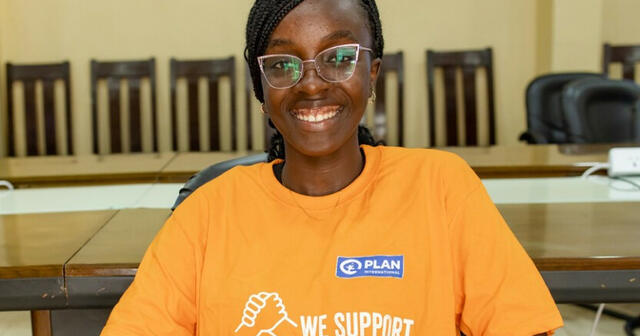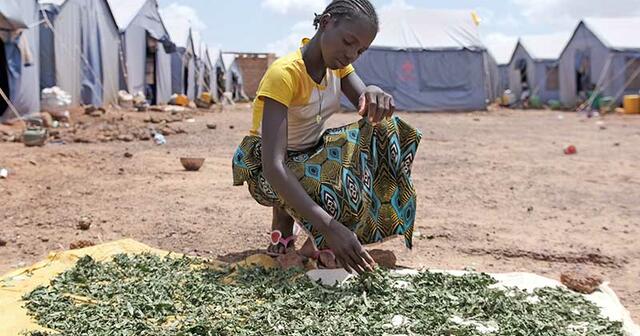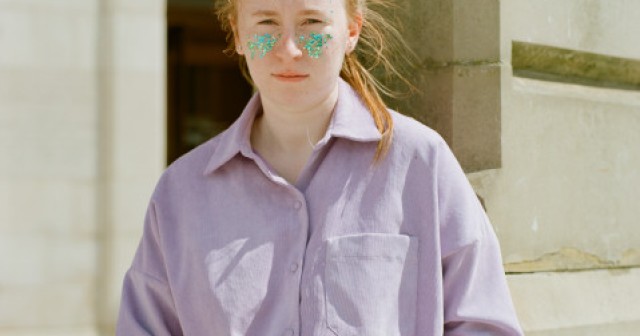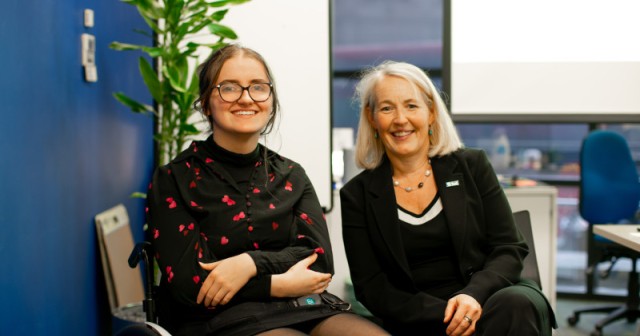Forced to flee: the lives of girls in crisis
Forced to flee: the lives of girls in crisis
Hear from girls forced to flee their homes in search of safety and what their hopes are for the future.
Many children’s lives are being turned upside down every day from rising conflict, the climate crisis and hunger. So much so that 1 in every 4 children is now living in a country affected by conflict or disaster.
Naturally this is forcing families to flee in search of safety. Among them are girls like Gisma from Sudan, Justine from Burkina Faso, Khadra from Somalia and Salimata from Mali.
Girls face many risks in times of crisis. But what’s life really like and what matters most to them?
Fleeing violent conflict
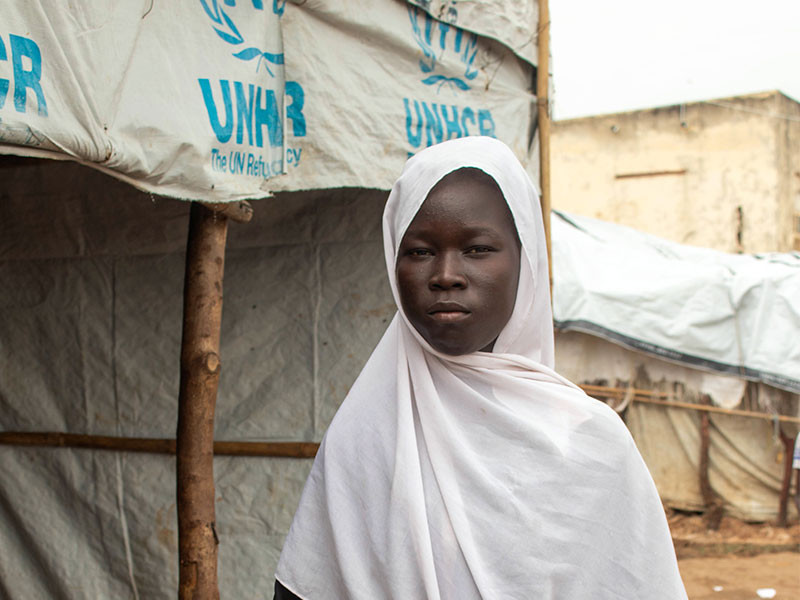
Gisma, 16, used to live in Sudan but after conflict broke out in April 2023, she fled with her family into neighbouring South Sudan:
"I was at school when the war started. Children started escaping through the windows.
"We left Khartoum with nothing but our clothes, we had to leave everything behind. The journey took us three days in total. We saw people lying dead on the road.
"My father stayed behind in Khartoum, I came with my mother, two sisters and three brothers. Our house in Khartoum was destroyed by the fighting so our father is now on the way to join us."
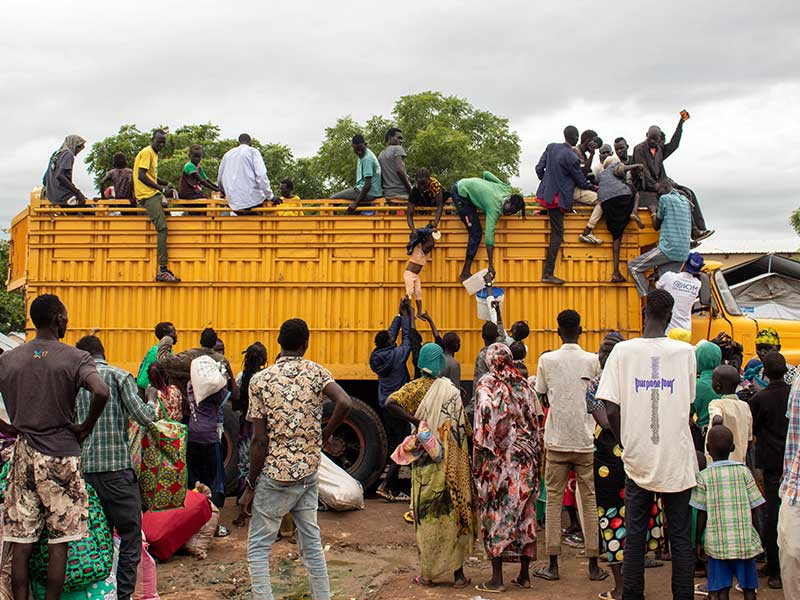
Gisma and her family found refuge at a transit centre just over the border in the town of Renk. She is one of more than 220,000 people to have done so. But it’s by no means a sanctuary. Set up as a temporary shelter to help people before travelling further into South Sudan, it’s now hosting families for weeks, even months. Despite best efforts, it is not set up to support so many families for this long:
"At the transit centre, there is no food,” says Gisma. “We are living in a tent but the sheet that covers it has a lot of holes in it. When it rains, we get soaked.
"I feel safe at the transit centre but we need plastic sheets to protect us from the rain, blankets, soap, sleeping mats and mosquito nets. At the moment we are sleeping on plastic sheets."
It’s become difficult for families to leave the centre due to poverty, a lack of transport and flooding. For girls like Gisma, they are stuck.
"I just want to go back to school so that when I grow up, I can become an engineer," says Gisma.
Fears for the future
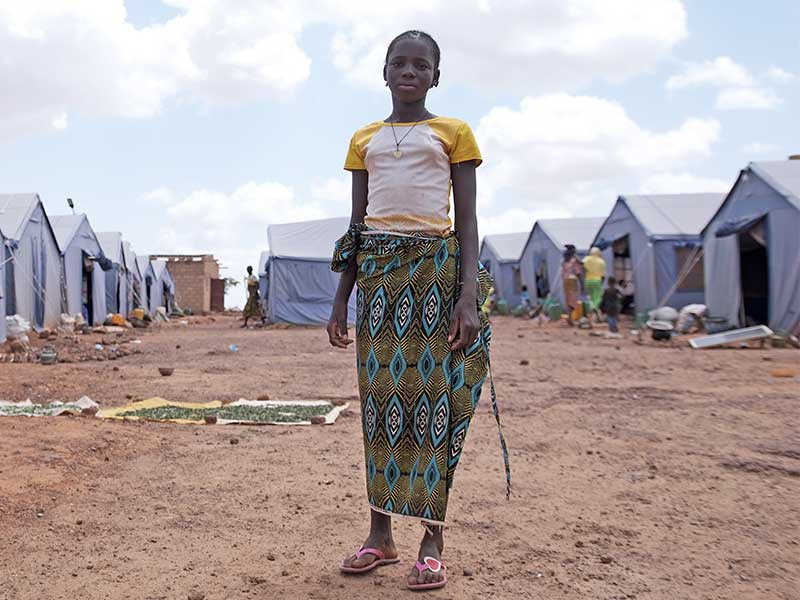
Elsewhere in Burkina Faso, another 16-year-old, Justine, was also forced to flee her village due to violence. She’s now living in a camp for displaced people:
"Armed men came to kidnap people in our village, they killed some of us and burnt our houses. That’s why we ended up here.
"I am not happy with the situation we are living in. I don’t go to school since I’ve been here, I can’t eat enough and I can no longer take the animals to the pasture.
"We have no source of income because we have no activity. The water supply has also been a real problem for us."
Growing insecurity since 2016 has forced more than 2 million people in Burkina Faso to flee their homes – that's almost 10% of the population. It’s one of the world’s most violent and fastest growing displacement crises.
Did you know that in conflict settings, girls are 2.5 times more likely to be out of school than boys? Like Gisma, Justine laments the loss of her education:
“I was in the 3rd grade but the conflict made me drop out. My priority is to go back to school. I don't want to get married at the moment.”
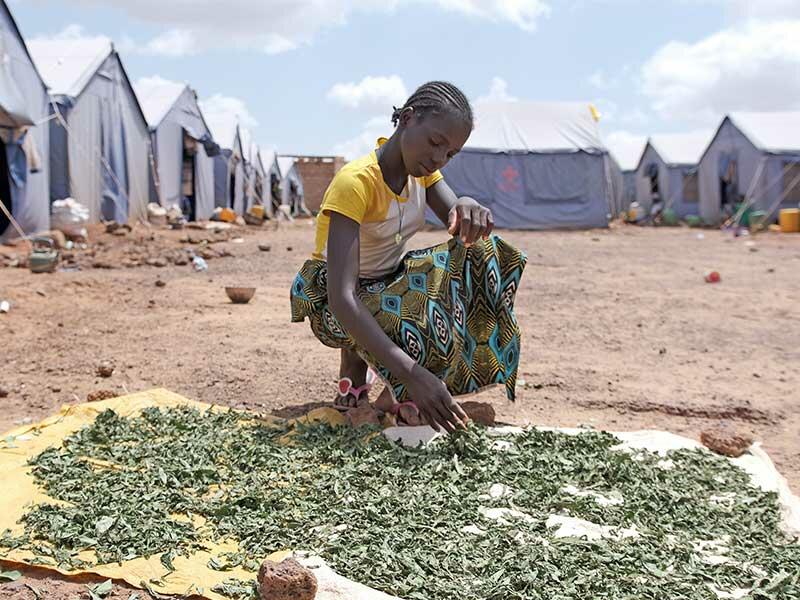
Justine’s concerns about marriage are no exaggeration. Child marriage is a real threat to girls like her. In fact, girls living through conflict are more likely to be married by 18 than to finish school.
Last year 12 million girls were forced into marriage. The trend was declining with 25 million child marriages stopped in the last decade. But escalating crises mean it’s on the rise again – and not just from conflict. The climate crisis is also driving girls from their homes, out of classrooms and into forced marriages.
The cost of the climate crisis
Somalia has contributed less than 0.003% greenhouse gas emissions, yet it is battered by climate change. Last year, its worst drought in four decades forced families to move in search of food and water. More recently, floods caused by heavy rains have added to the humanitarian crises.
The result is some 6.6 million people face acute food insecurity – that means they aren’t getting enough to eat to the extent that it puts their life or livelihood in immediate danger.
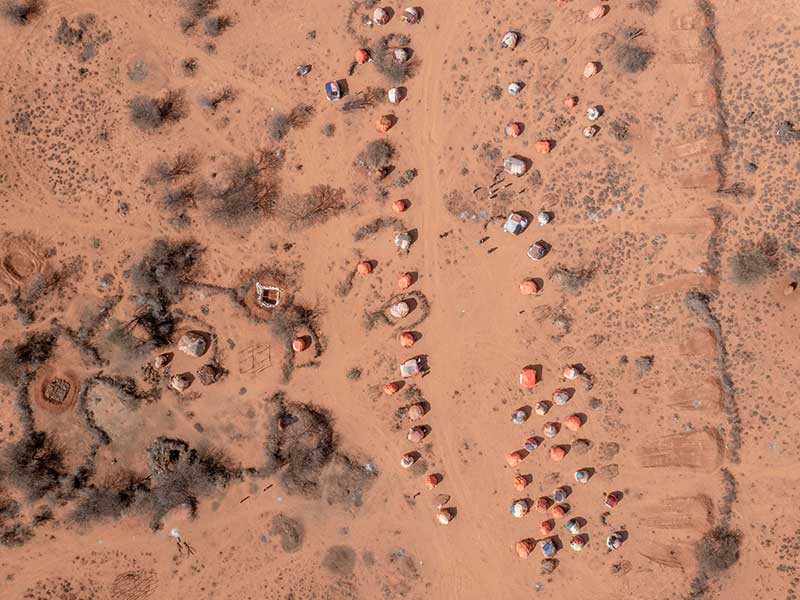
One of those impacted is 13-year-old Khadra who lives in a camp in Somaliland for those who’ve fled hunger. Two of her sisters have already been forced to marry to help make ends meet:
“I miss my married sisters. They were supposed to be here to support me. I want them to come back. The reason why they married men is because of the drought that happened to us.
“Sometimes we don’t have enough food and my younger siblings are prioritised. I sleep hungry most of the time.
“When I go to school without eating, I feel dizzy and I can't read very well in class. I don't do well in exams when I'm hungry, but when I eat, I answer questions well. Hunger affects my studies.”
Child marriage is often seen as a way to relieve financial pressures on families facing hardship. Gender inequality and customs can contribute too, but in crises like this, it is often a last resort. When girls are forced to marry, it frequently means the end of their education too.
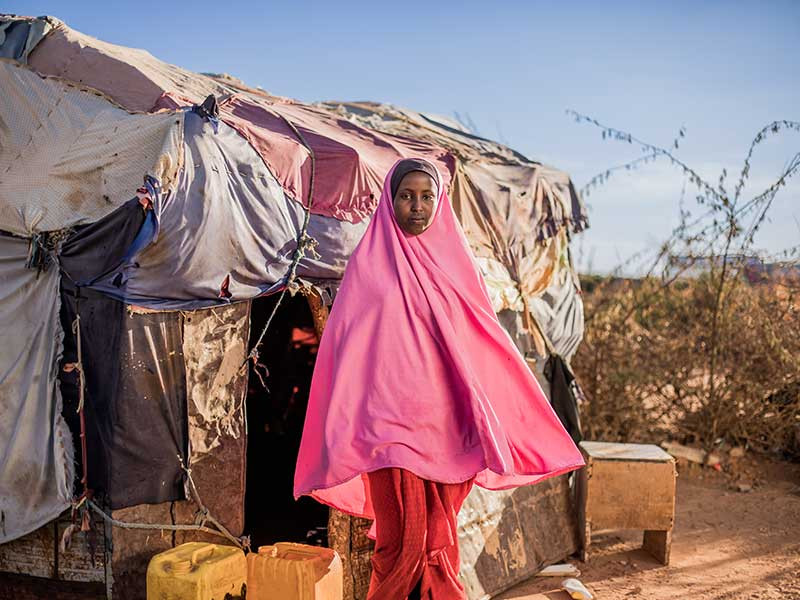
Protection through education
For Gisma, Justine and Khadra, being a girl in crisis puts them at risk of losing so much. Plan International works closely with communities to reach girls like them with timely, effective support – not just those forced to flee but all girls in crisis.
A key part of that support is about providing access to quality education. It might not be the first thing you think of girls’ needing in a crisis situation. But as Gisma, Justine and Khadra show us, education could be a lifeline for them.
Currently only 2-4% of the world’s funding sent in response to humanitarian crises goes specifically to education in emergency situations.
Plan International is helping girls in crisis to claim their right to education and stay safe from child marriage. From helping communities set up safe spaces so girls who've been displaced have somewhere to learn, to providing families with cash assistance so there’s nothing to hold girls back from going to school.
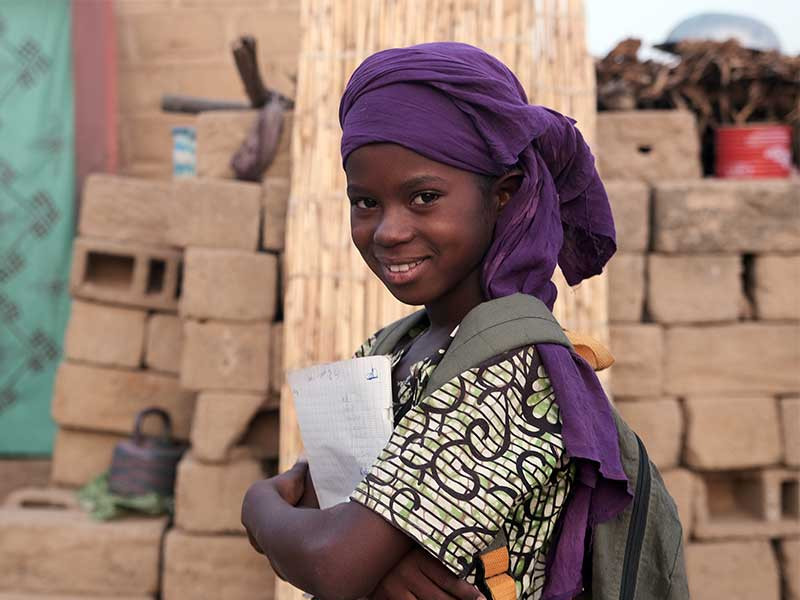
One of those girls is Salimata, 12, who lives in a camp in Mali after fleeing conflict and hunger:
“I am in my third year of primary school. I am happy to go to school because I like learning how to read, to write and I’m learning bit by bit. What I like learning about the most at school is the letters of the alphabet.
“I plan to stay at school until the seventh grade. Later, in the future, I would like to be a dressmaker, and also learn how to make soap.”
Making a difference together
A gift from you could help more girls in crisis – with what they need right now and for a hopeful future.
- Support children affected by the recent crisis in Gaza and Israel through our Children’s Emergency Appeal.
- Or donate this winter to help girls claim their right to education and determine their own futures – one free from child marriage.
Girls like Gisma, Justine, Khadra and Salimata simply want the chance to live their lives. As Justine says:
“I ask everyone who can help us to go back home to our village to do so, so that our parents can resume their activities and us children can go back to school.”
Latest stories for you
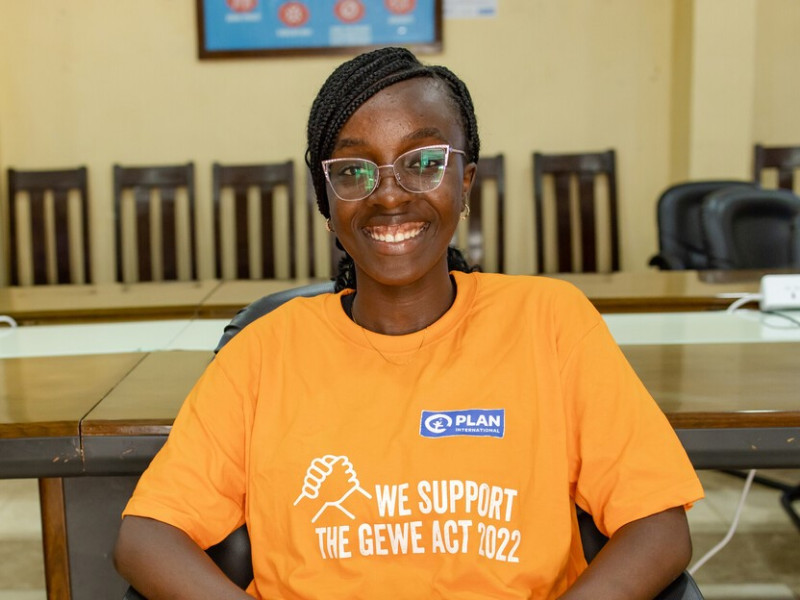
The young activists fighting for gender equality and climate action
Discover the stories of five youth activists around the world.
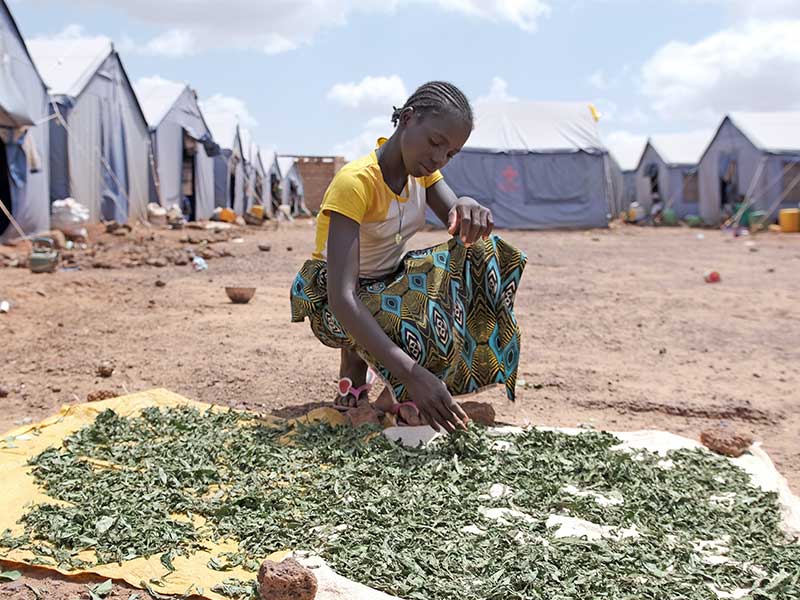
Forced to flee: the lives of girls in crisis
Hear from girls forced to flee their homes in search of safety and what their hopes are for...
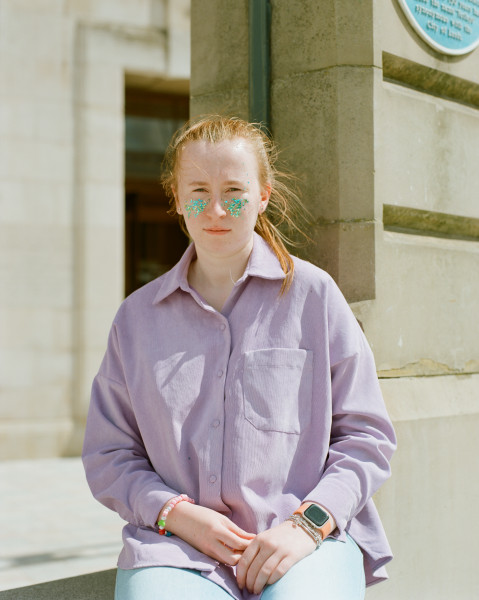
Why you should join the Youth Advisory Panel
We are recruiting for a new Youth Advisory Panel! Also known as YAP. The youth advisory panel...
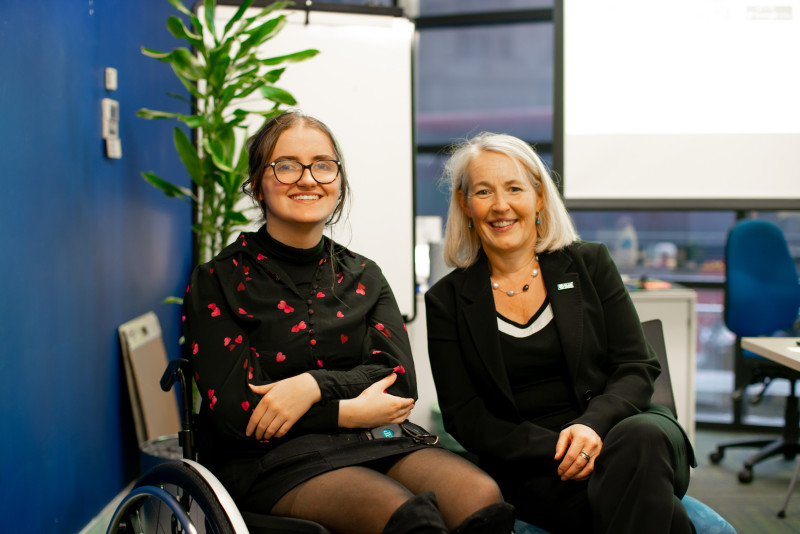
Seeing is believing: becoming CEO for the day helped me see my power
Penelope took up leadership positions as part of the Girls’ Takeover through Plan...
Show more

